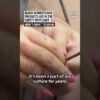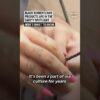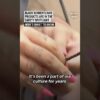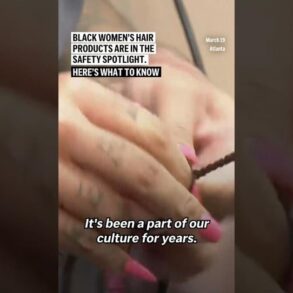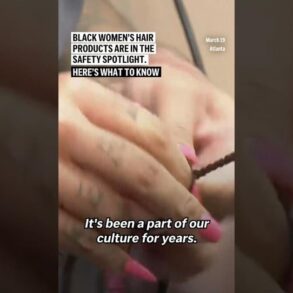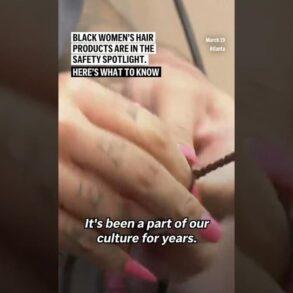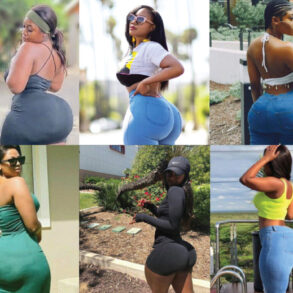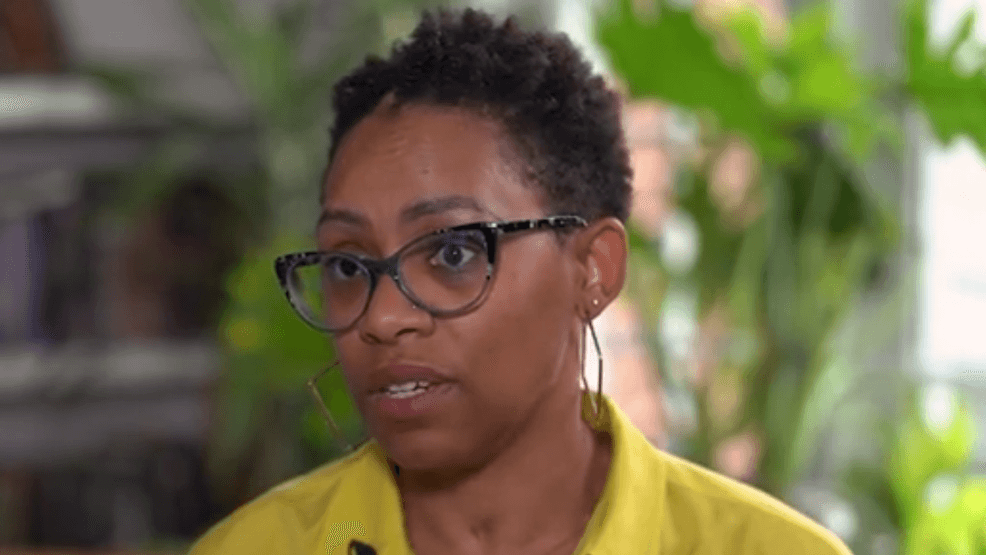
WASHINGTON (SOA) — Hazardous chemicals are lurking in products we use every day, in everything from perfumes and lotions to makeup and shampoos. We’ve long reported on the dangers of some personal care products. Now, a disturbing new chapter: Beauty and hair products marketed to women of color conceal some of the most dangerous ingredients.
When a woman of color looks into the mirror after a routine hair-straightening service, she will see locks that are soft, silky and straight.
But it is what she doesn’t see that is anything but beautiful.
“These products that are trying to push women to look different, skin lighteners, hair straighteners tend to have the most toxic ingredients,” said public health professor Dr Kristian Edwards.
Dangerous chemicals are increasingly found in beauty and hair products marketed to black women, even with packaging that would lead you to believe otherwise.
“You can put the word natural in anything,” said Edwards. “You can have all kinds of toxic ingredients and still call it natural. So, you’re stealing my health. You’re stealing my wellbeing.”
And Edwards says it’s time for women to take it back. She recently partnered with the Environmental Working Group on a new study that examined 4,000 beauty and hair products for toxic chemicals.
The findings included preservatives that can cause organ damage or release cancer-causing formaldehyde, and a common fragrance ingredient tied to reproductive harm that is now banned in the European Union.
“80% of products marketed to Black women scored moderate to high hazard,” said Alexa Friedman, Senior Scientist at the Environmental Working Group, which co-authored the report.
Friedman found that products marketed directly to Black women are more likely to put their health at risk, with only 20% making it into the “low risk” category. And while products for all women weren’t much better, only 26% achieved low risk – the small percentage gap between the two is deceptively dangerous.
“So it’s a six-percentage point difference,” said Friedman, “but six percentage points of hundreds of thousands of products that are on our market base actually account for a large portion of products.”
Products on the shelves where Black women shop.
A recent Harvard study found that women buying hair products in predominantly Black and lower income Boston neighborhoods were twice as likely to be offered a selection with toxic ingredients.
“The products are cheaper,” said Edwards. “It’s easier to make a cheaper product when you put more toxic ingredients in it. They can market a lower cost product to the Black users. I think that the cost is a big piece of it. I think it’s also assuming that they don’t know better.”
It’s why Edwards founded her company BLK+GRN in 2017 – to illuminate what industry keeps in the dark.
She was inspired to start the company when EWG released its first report on toxins in products marketed to Black women in 2017. Edwards says she was so shocked she knew she had to act.
“There’s a lot of negative health outcomes that Black women have because of their exposure to these toxic chemicals,” said Edwards. “They’re carcinogenic. They have an impact on our reproductive health. They have an impact on our asthma. They have tons of impacts on Black women’s health.”
In the eight years since EWG’s first report was released, some progress has been made – including a dramatic drop in the use of the hazardous preservatives called phthalates, after public outcry forced many companies to stop using them.
Evidence, says Edwards, that once women know the truth, they use their dollars as a powerful tool for change.
“Once Black women know, they do better, the second they know better, they do better,” said Edwards.
The Environmental Working Group has created a database where you can search individual products and see their risk score. EWG has also created a list of clean, low-risk products that you can get for less than $20.
This post was originally published on this site be sure to check out more of their content.

